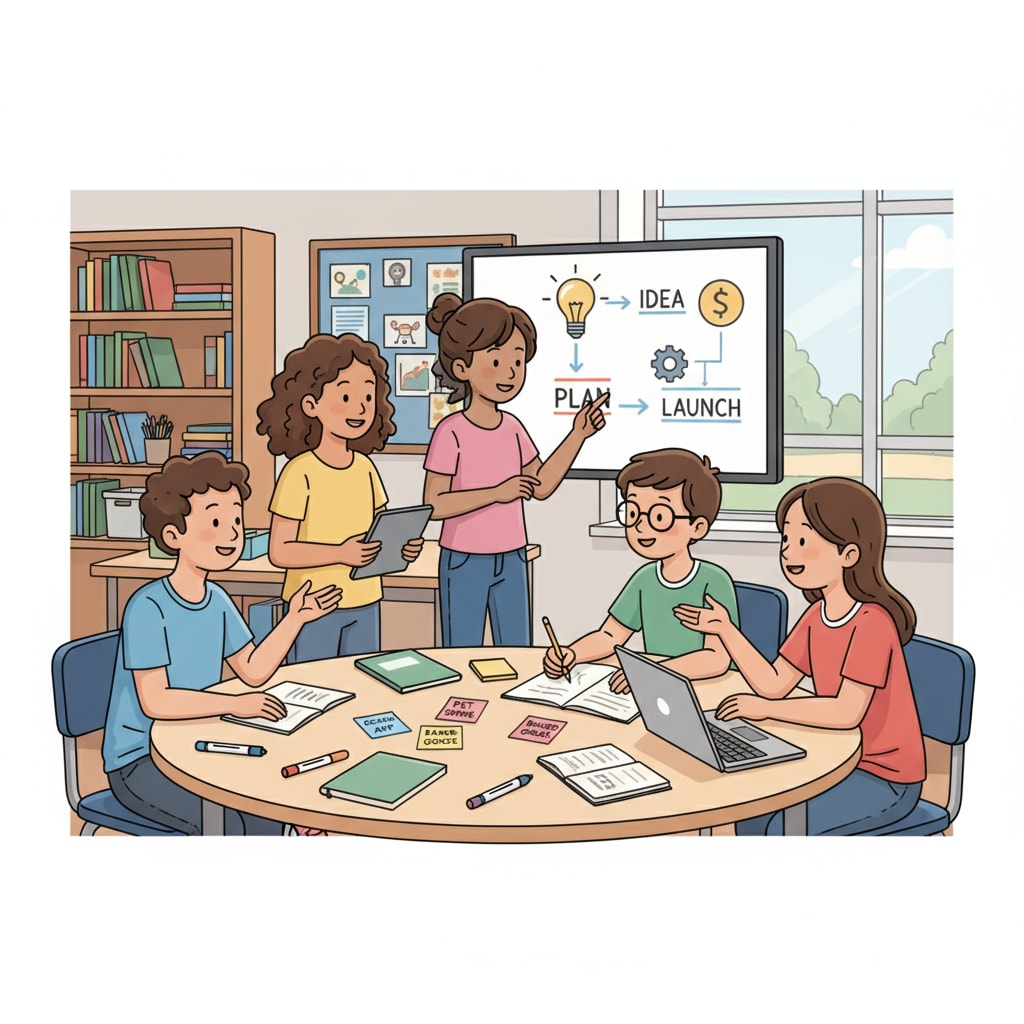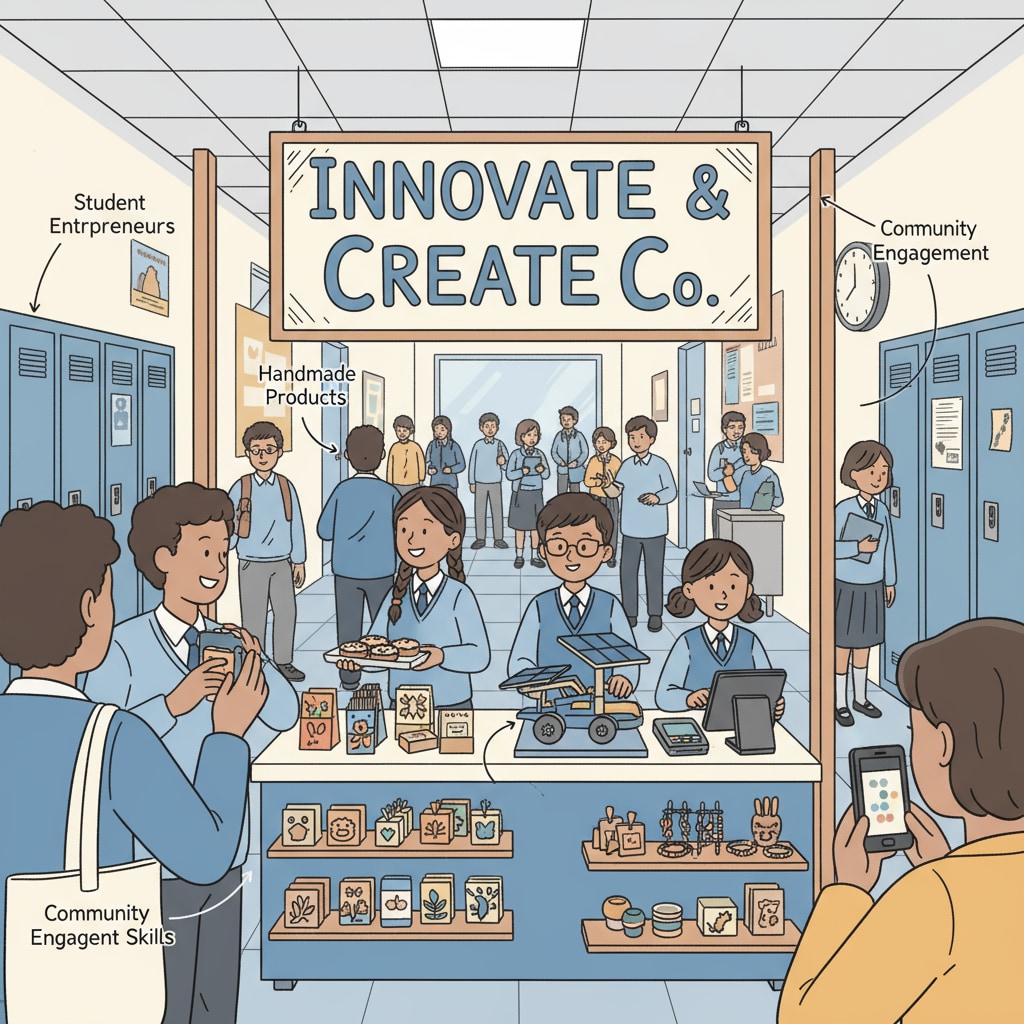Entrepreneurial education, practical learning, and K-12 curriculum are crucial elements in shaping students’ future. Traditional entrepreneurial education often falls short, merely scratching the surface. In the K12 education stage, cultivating students’ genuine entrepreneurial mindsets through practical learning models is of utmost importance. This article aims to explore a comprehensive reform path from curriculum design to teaching methods, opening up new possibilities for future education.

The Flaws of Traditional Entrepreneurial Education
Traditional entrepreneurial education in K12 schools usually focuses on theoretical knowledge. Students are taught about business models, market analysis, and management strategies from textbooks. However, this approach lacks practical application. For example, students may understand the concept of supply and demand in theory, but they struggle to apply it in real business situations. As a result, they fail to develop the necessary skills and mindsets to become successful entrepreneurs. According to Wikipedia’s page on Entrepreneurial education, many traditional programs do not adequately prepare students for the dynamic nature of the business world.
The Significance of Practical Learning in K12 Entrepreneurial Education
Practical learning in K12 entrepreneurial education allows students to experience the real challenges and opportunities of entrepreneurship. By engaging in hands-on projects, students can develop problem-solving skills, creativity, and leadership abilities. For instance, when students start a small business within the school environment, they learn how to identify market needs, develop products or services, and manage finances. This practical experience is invaluable in shaping their entrepreneurial mindsets.

As stated on Britannica’s page on entrepreneurship education, practical learning provides a more immersive and effective way to learn entrepreneurship.
Curriculum Design for Fostering Entrepreneurial Mindsets
The K12 curriculum should be redesigned to incorporate more practical entrepreneurial learning. This could include creating dedicated courses on entrepreneurship that involve project-based learning. For example, students could be required to develop a business plan and execute a small-scale business venture. In addition, integrating entrepreneurial concepts into existing subjects like mathematics, science, and language arts can also enhance students’ understanding. For instance, in a science class, students can explore innovative product development, which ties into the entrepreneurial process.
Effective Teaching Methods for Practical Entrepreneurial Learning
Teachers play a crucial role in facilitating practical entrepreneurial learning. They can use teaching methods such as case studies, guest lectures from successful entrepreneurs, and mentorship programs. Case studies provide real-world examples for students to analyze and learn from. Guest lectures offer insights into the experiences of entrepreneurs. Mentorship programs pair students with experienced entrepreneurs who can guide them through their projects. These methods can make the learning process more engaging and effective.
In conclusion, cultivating practical entrepreneurial mindsets in K12 education is essential for preparing students for the future. By addressing the flaws of traditional education, emphasizing practical learning, and reforming the curriculum and teaching methods, K12 schools can create a generation of innovative and enterprising individuals. The journey towards this educational revolution requires dedication from educators, support from parents, and an open-minded approach from students.
Readability guidance: The content uses short paragraphs and lists to summarize key points. Each H2 section provides a clear focus. The passive语态 is kept to a minimum, and long sentences are used sparingly. Transition words are scattered throughout the text to enhance flow.


